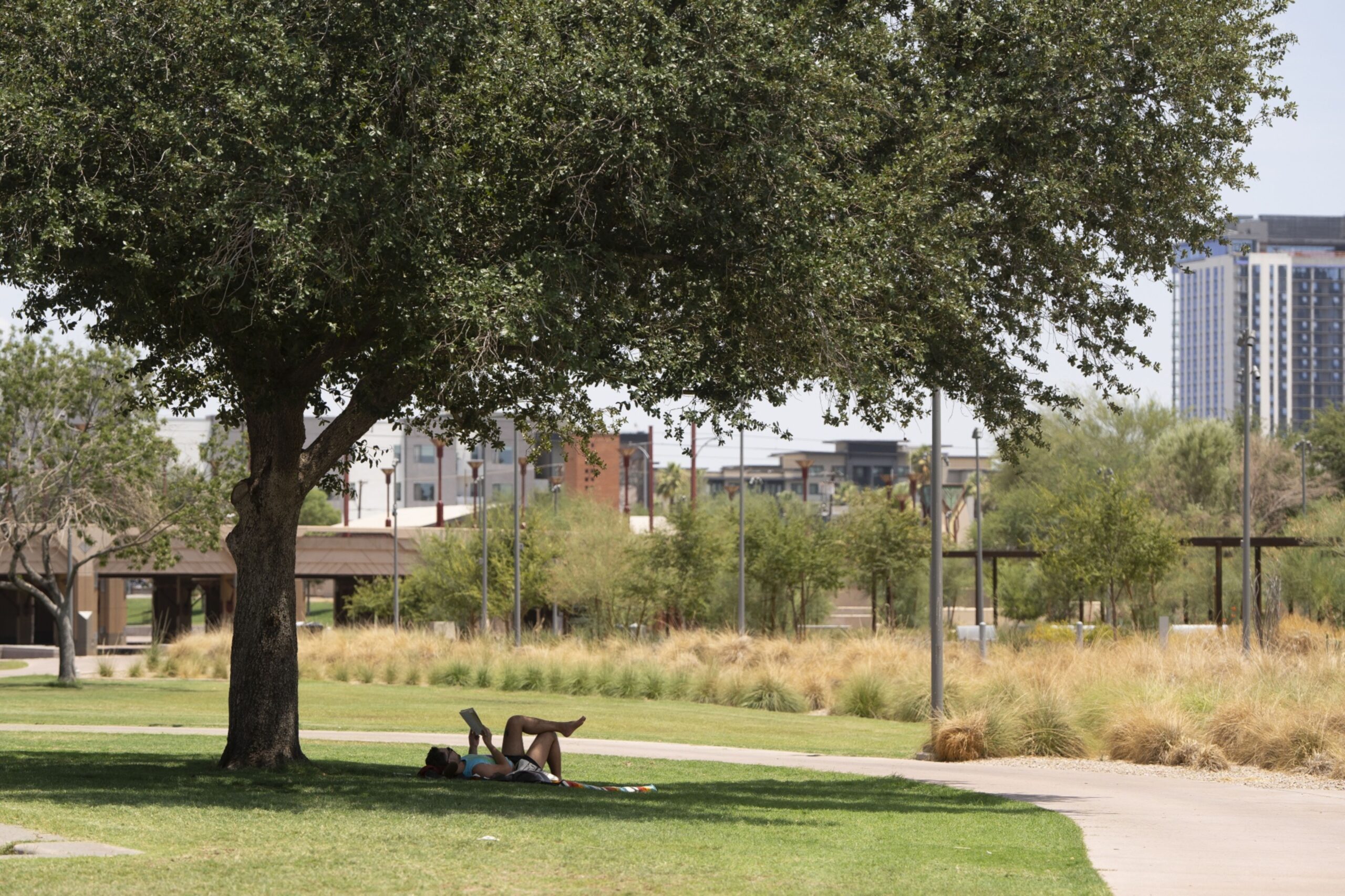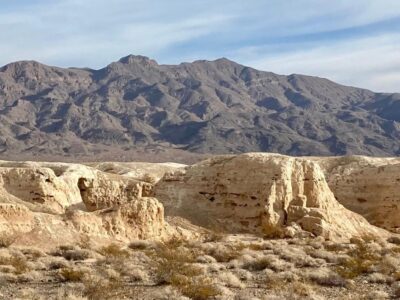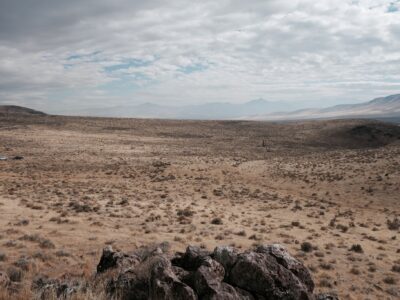(Bloomberg) —
As record-breaking heat scorched cities across the Northern Hemisphere in the summer of 2023, urban trees — and their ability to mitigate high temperatures — were thrust into the spotlight. Cities of all sizes, ranging from Cedar Rapids to New York City, have proposed ambitious planting targets to increase their tree canopy, motivated by a $1.5 billion allotment for urban forest improvement in the 2022 Inflation Reduction Act.
The problem with many of these initiatives is that they are focused on simply adding more trees. And in the face of the challenges of climate change, more will not be enough. Instead, cities need to invest in planting new trees with a focus on where they can have the biggest impact — providing the most shade where it’s most needed. To accomplish this, cities need better tools.
For decades, urban communities have planted trees in uniform rows along streets, driven by goals of city beautification and economic development. These historic priorities have resulted in tree canopies that are inequitably distributed. Leafy “millionaires’ rows” like Boston’s Commonwealth Avenue, New York’s upper Fifth Avenue and Cleveland’s Euclid Avenue contrast with far more sparsely planted lower-income neighborhoods nearby. In cities such as Baltimore, the impact of racially discriminatory redlining can be seen clearly in its correlation with urban canopy coverage. The historic priorities of tree planting are failing to meet the needs of the moment.
Existing urban tree studies have identified these inequities and reveal trends of underinvestment and regions that are most vulnerable to extreme heat events. But these studies cannot assess current access to shade at a street-by-street level and, more importantly, are unable to give planners and designers information on specific locations where new trees could have the most impact.
In our work at Cornell University’s Design Across Scales Lab in the College of Architecture, Art, and Planning, we are building tools to better understand and quantify the local impact of urban trees. Tree Folio NYC is a digital twin of New York City’s tree canopy, built in collaboration with the Jacobs Urban Tech Hub at Cornell Tech: It extracts 3-D models of urban trees from public data repositories of high-resolution LiDAR scans, simulates their local shading environments, and quantifies the amount and quality of shade they provide.
The power of the tool lies in its ability to provide a detailed simulation of what each city tree contributes to its immediate neighborhood. Heat vulnerability is a citywide problem, but it is experienced locally. Access to air conditioning, building ventilation and the availability of shade are all factors in an individual’s vulnerability to heat. An urban tree should be thought of as a part of a distributed shading infrastructure. Access to shade can depend on both the number of trees in a neighborhood and the quality of shade those trees are able to provide — a factor shaped not only by the tree’s size but by the relationship between a tree and its local context, including the orientation of the street and size of neighboring buildings.
The impacts of strategic tree canopies are significant. In New York City, large and evenly distributed tree canopies in neighborhoods such as Brooklyn’s Park Slope and Pelham Gardens in the Bronx provide plentiful shade to the streets and buildings. In Ozone Park in Queens, however, a similar number of trees are unevenly distributed, leaving large parts of the neighborhood without access to shade, a condition exacerbated by street orientation that leaves north-south streets extremely exposed to intense summer afternoon heat.
It’s critical to make the most of new trees. The planting process itself, while improving climate resilience and numerous health benefits, requires money, labor and community goodwill. Poor planting strategies could lead to higher failure rates of new plantings.
Past initiatives, such as Million Trees LA in 2005, demonstrated the costs of an unorganized and underfunded programand resulted in tens of thousands of wasted saplings. Even successful programs, including former New York City Mayor Michael Bloomberg’s Million Trees for NYC initiative, are evaluated on their survival rates and the growth of canopy coverage but not on their direct impacts on reducing heat vulnerability. (Disclosure: Bloomberg is the founder of Bloomberg LP, parent of Bloomberg CityLab.)
These data sources are widely available meaning that tools like Tree Folio can help cities of all sizes across the US better understand their urban canopies. For cities with extreme heat exposure, such as Phoenix, data-driven planting strategies that maximize the amount of shade new trees can provide can help the city make the most of its limited resources and ensure trees are planted in response to local needs. Generally, tools like Tree Folio seek to replace citywide one-size-fits-all solutions in favor for specific approaches that help address the thousands of unique heat vulnerabilities experienced by different residents.
Read more: What happens after cities pledge to plant millions of trees
Planting trees where they make the biggest difference may mean creating green belts and corridors, with a focus on supporting how residents use those spaces, rather than pursuing green blankets across the entire city, including in places not suitable to tree health or the benefits they can provide.
As climate change poses a greater threat to cities, maximizing the impact of all urban investments is essential. Cities have long been described as living ecosystems but have been maintained and developed with top-down policy and outdated data collection and analysis techniques. This governance model is bureaucratically expensive and out of reach for all but the largest cities and struggles to capture how climate change is experienced at an individual level.
Using technology to better understand urban tree benefits based on the dynamic relationships between hyper-local city elements is essential to develop strategies that are responsive to local needs and have the maximum effect in mitigating climate impacts. These tools, and the strategies they inform, will be indispensable to the climate-changed future city.
Alexander Kobald is a designer and researcher at Cornell University and the associate director of the Design Across Scales Lab in the College of Architecture, Art and Planning.
© 2023 Bloomberg L.P.





